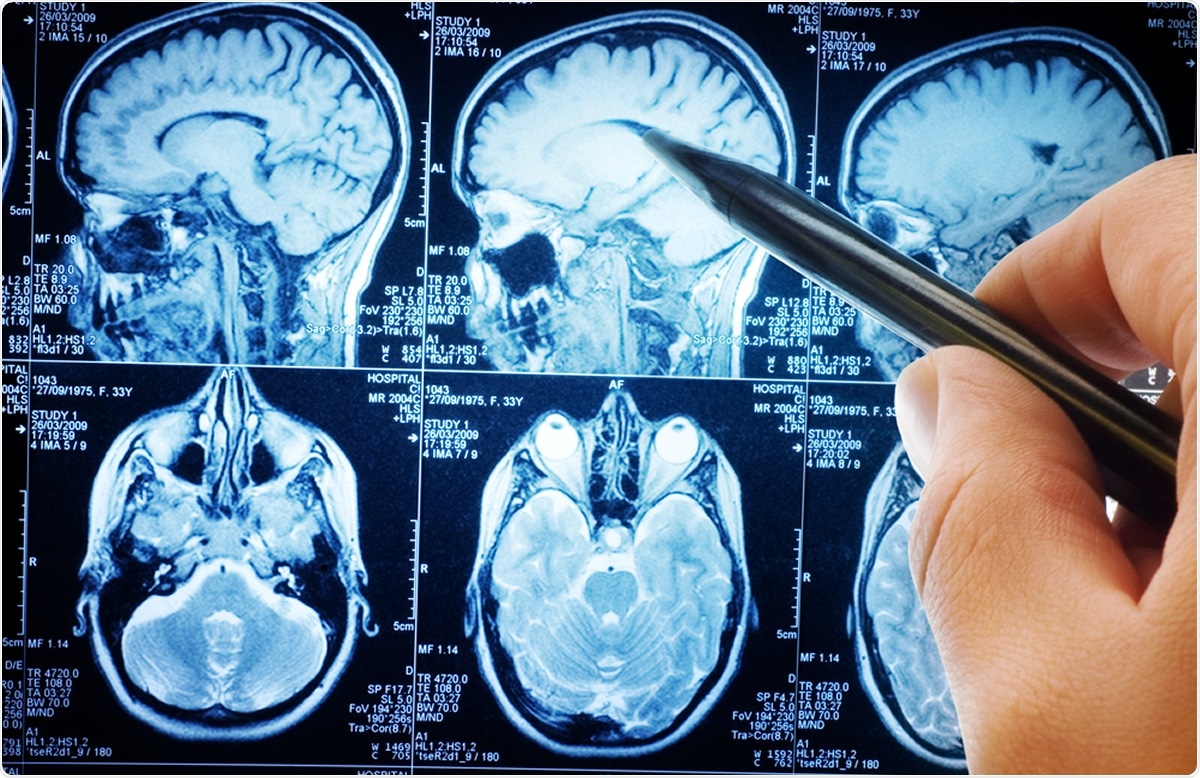A new study from the researchers at the Australian National University shows that there may be physical changes in the brain volume among persons who have coexisting and anxiety and depressive disorders. The study titled, “Volumetric brain differences in clinical depression in association with anxiety: a systematic review with meta-analysis,” was published in the latest issue of the Journal of Psychiatry and Neurosciences.
What was this analysis about?
The researchers explained that depression remains one of the most prevalent mental health problems around the world, affecting 4.4 percent of the general population. It is the fourth-largest cause of disability, and with time there has been a steady rise in the rates of this condition. Because of this rising trend, the underlying pathophysiology of the condition and its effects on the brain need to be understood felt the researchers.
Further depression often coexists with other psychiatric conditions, commonly anxiety. Anxiety is the second most common mental health problem after depression. The risk of having both conditions is as high as 50 percent, the team wrote. Those with depression as well as anxiety tend to have poor health outcomes with a higher risk of more severe symptoms and risk of suicidal ideation.
This study was a look at existing evidence on the effects of these two conditions and to “distinguish the contributions of depression from those of anxiety.” The study also looked at the effects on brain volume caused by these conditions. This has not been studied before, they wrote.
According to lead researcher Daniela Espinoza Oyarce both conditions often coexist. She said, “Many studies looking at the effect of depression on the brain do not account for the fact that people who have depression often experience anxiety too.”
What was done?
The team explained that depression and anxiety affect the hippocampus and the amygdala regions of the brain. For this study, they looked at available evidence in scientific literature using the guidelines outlined in the “Preferred Reporting Items for Systematic Review and Meta-Analyses (PRISMA) guidelines (PROSPERO CRD42018089286)”. They looked at medical journal databases such as “Cochrane Library, MEDLINE, PsycInfo, PubMed and Scopus” for all published literature on the topic up until Sept 13 2018.
They scoured Magnetic Resonance Image (MRI) reports and case-control studies on healthy adults as well as those with depression. Brain images and volumetric studies were all taken into account.
For all the data gathered, they analyzed the demographics of the patients, factors, and symptoms of depression and other factors in their meta-regression analysis. Mean volume differences in healthy brains and brains of those with depression and anxiety were studied.
What was found?
For this study, a total of 112 studies were included, and these studies, in total, included 4,911 healthy adults and 5,934 persons with diagnosed depression. The average age of these participants was 49.8 years, and of them 68.2 percent were women.
The following were the key findings of the analysis;
- Most significant differences in the volume of the brain were detected in those with late-onset depression and those with multiple episodes of depression.
- Those who had only depression and no other disease conditions or comorbidities had lower volumes of certain brain parts such as “the putamen, pallidum, and thalamus.” They also had a lower amount of gray matter, and their overall intracranial volume was significantly lower than their healthy counterparts.
- Adults who had only depression and no other comorbidities had a 6.8 percent lower size of the hippocampus. The hippocampus plays a role in cognitive abilities as well as memory.
- Adults who had depression, along with anxiety disorder, also had a significantly higher volume of their amygdala. The volume of the amygdala in these persons was an average 3.6 percent higher than healthy adults.
- The effects of depression on brain structure were lowered by 3 percent if the individual had comorbid anxiety, wrote the researchers.
- The sex of the individual also played a role in intracranial volume, wrote the researchers.
Conclusions and implications
Espinoza Oyarce said, “We found people who have depression alone have lower brain volumes in many areas of the brain, and in particular the hippocampus.” She added, “This becomes even more relevant later in life because a smaller hippocampus is a risk factor for Alzheimer’s disease and may accelerate the development of dementia.” She explained, “It shows that because of the anxiety, this part of the brain is constantly working and constantly making more and more connections. That is why it ends up being larger — that is what we think the process is.”
The authors of the study concluded that comorbid presence of anxiety, the presence of long term depression, and the onset of the symptoms of depression were key factors that affected the effects on depression on the brain volume. They wrote, “Early diagnosis of anxiety symptomatology will prove crucial to ensuring effective, tailored treatments for improving long-term mental health and mitigating cognitive problems, given the effects in the hippocampus.”
Espinoza Oyarce said, “What depression does to the brain, is that many areas are affected — but when depression is together with anxiety, anxiety masks the effects. We don’t know why that is happening, or exactly how.” She called for more studies in the future. As of now, she said that physicians might treat persons with one or both conditions better, knowing what each of them does to the brain. “People who have both depression and anxiety, they do have more severe episodes, and treatment options can be quite difficult to come by, so hopefully, that will be a good outcome from this study.”
